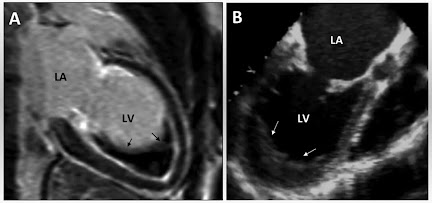Test for glucosuria ( Benedict's reagent test )
Glucosuria is define is the excretion of sugar in urine.
Apparatus
Benedict's reagent, Test tube, Urine, Lighter, Candle,
Principle
Cupric ion reduced by glucose to cuprous oxide and a coloured precipitate is formed.
Procedure
- In test tube take 5ml of benedict's reagent.
- Add 8 drops or 0.5 ml urine.
- Heat to boiling for two minutes.
- Cool in water bath or running tap water.
- Than look for colour change and precipitation.
 |
| Benedict's test |
Results
Normally 130 mg / day glucose comes out with urine.
- Blue colour (no change colour ) = Negative
- Greenish colour = Traces ( less than 0.5 g /day ).
- Green / cloudy green ppt = + ( 0.5 - 1 g/dl ).
- Yellow ppt = ++ ( 1-1.5 g / dl ).
- Orange ppt = +++ ( 1.5 - 2 g / 100ml ).
- Brick ppt = ++++ ( more than 2 g / dl ).
 |
| Semiquantitative interpretation |
Causes
- Diabetes mellitus
- Renal glucosuria
- Severe burns
- Administration of corticosteroids
- Severe sepsis
- Pregnancy








No comments:
Post a Comment
Please do not enter any spam link in the comment box